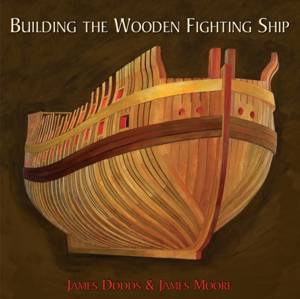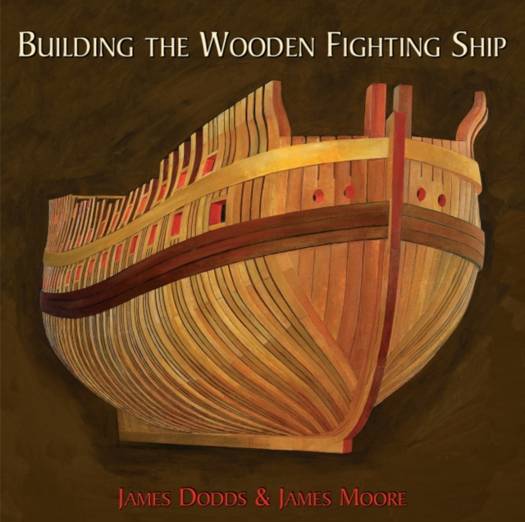
- Afhalen na 1 uur in een winkel met voorraad
- Gratis thuislevering in België vanaf € 30
- Ruim aanbod met 7 miljoen producten
- Afhalen na 1 uur in een winkel met voorraad
- Gratis thuislevering in België vanaf € 30
- Ruim aanbod met 7 miljoen producten
Zoeken
€ 78,45
+ 156 punten
Omschrijving
Royal Navy vessels in the eighteenth century were so expensive to construct that meticulous records were kept, from the purchasing of timbers to the last details of their furnishings and armament, including even the individual names of some of the shipwrights and craftsmen. From intensive study of these records the authors tell, in extraordinary detail, the building of HMS Thunderer, a two-decked, 74-gun ship-of-the-line, which represented one of the most successful types of warship of the world's leading maritime power of the time. In words, and specially drawn illustrations, as well as contemporary prints and paintings, the authors illustrate every stage of building, from the purchase and cutting of timbers in the forests right through to the launching in 1760. There are descriptions of the dockyard, Woolwich, where she was built and explanations of all the skills and trades which were involved in her construction. First published in 1984, this new edition will appeal to enthusiasts, modelers, historians and anyone with an interest in traditional crafts.
Specificaties
Betrokkenen
- Auteur(s):
- Uitgeverij:
Inhoud
- Aantal bladzijden:
- 128
- Taal:
- Engels
Eigenschappen
- Productcode (EAN):
- 9781784387525
- Verschijningsdatum:
- 15/02/2022
- Uitvoering:
- Hardcover
- Formaat:
- Genaaid
- Afmetingen:
- 249 mm x 249 mm
- Gewicht:
- 748 g

Alleen bij Standaard Boekhandel
+ 156 punten op je klantenkaart van Standaard Boekhandel
Beoordelingen
We publiceren alleen reviews die voldoen aan de voorwaarden voor reviews. Bekijk onze voorwaarden voor reviews.











